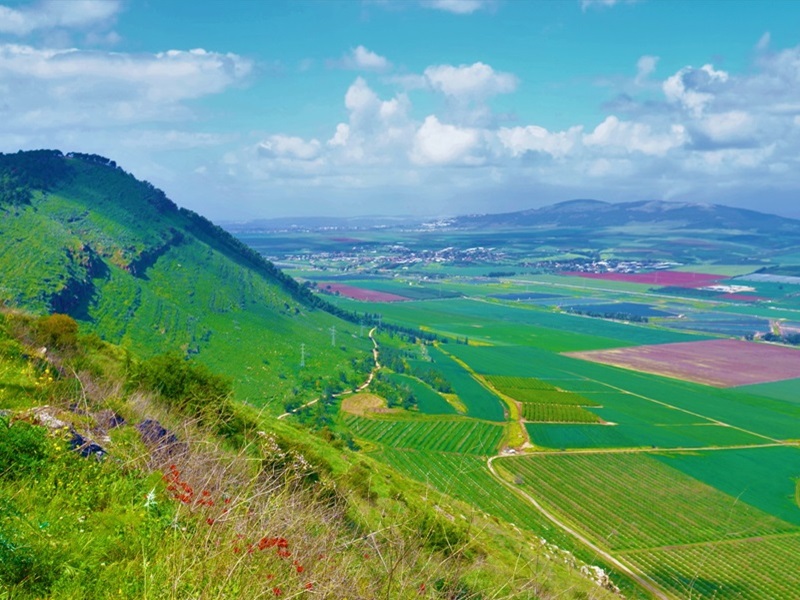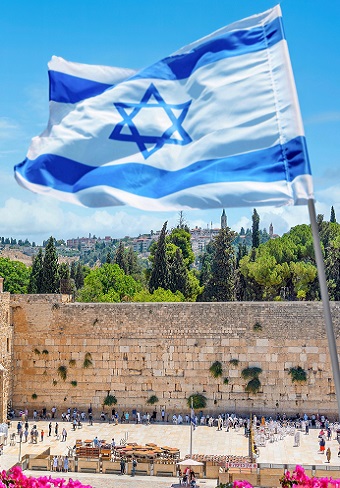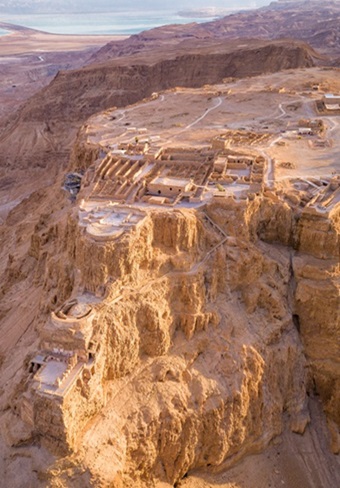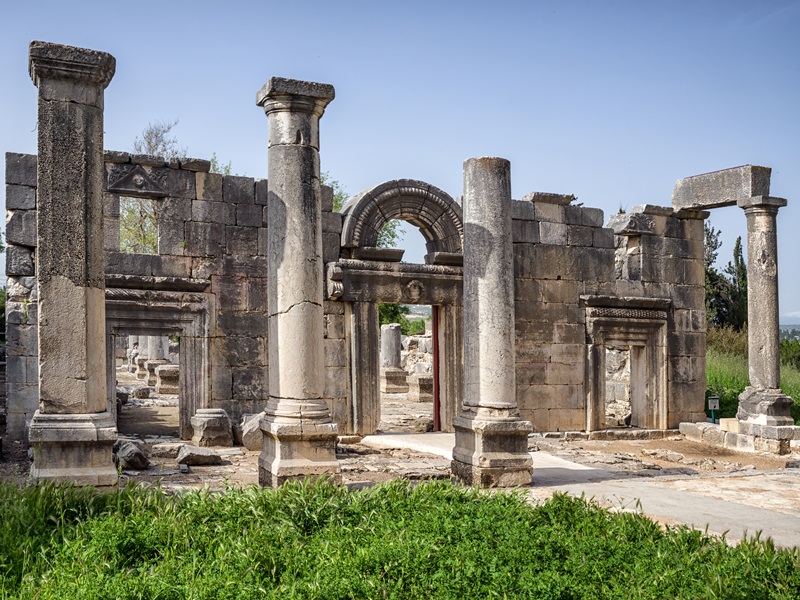Belvoir Fortress
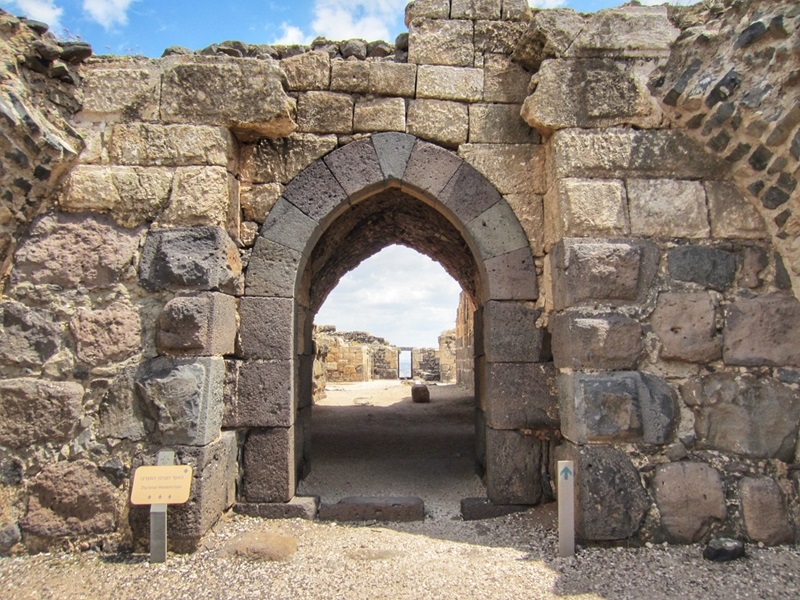
History and Archaeology of Belvoir
Belvoir was the first part of a feudal estate of Velos, a French nobleman from Tiberias. However, in 1168 CE, he sold it to the Hospitallers, as they recognized its strategic significance. Belvoir is on a ridge above a significant bridge over the Jordan River (Gesher). From Belvoir, the Crusaders could raid convoys of Muslim merchants crossing the river and alert on a Muslim attack from the east. Furthermore, Nazareth, Mount Tabor, Safed, and Be’it Shean are all visible from Belvoir. The Hospitallers turned Belvoir into a vast fortress with massive defenses.
Belvoir’s Design
It was designed as a square castle within a square castle, with a vast external tower on its eastern front (a barbican). A man-made moat, 45 feet deep and 65 feet wide, surrounded the fortress’s other fronts. Its walls were constructed with large basalt ashlars held together by iron joints. The entries were through bridges and gates that originally had metal-plated wooden doors. In the inner courtyards were stables, storehouses, and water reservoirs, all designed to last a long siege. Indeed, even after defeating the Crusaders at the Horns of Hattin, Saladin still had to lay a year-and-a-half siege on the isolated Belvoir castle before its final surrender. Later, the Muslims dismantled the fort so the Crusaders could not use it again. It remained in its ruins until the 20th century.
An Israeli archaeological expedition excavated the whole site in 1966, and after some restoration work, the state titled it a national park and opened it to the public.
The Jewish Past of Belvoir
Excavations at Belvoir indicated that the Crusader’s castle was built over the remains of a Jewish village known from Talmudic sources as ‘Kochav’ (Star, in Hebrew). Being so, the site’s modern Hebrew name is ‘Kokhav Hayarden’ – Star of the Jordan.
Touring Belvoir
 Today, Belvoir is a national park. The road ascending to it (route 717) is one of the most scenic rides in Israel, and so are the views from its top. The site is well preserved, presenting the most complete and impressive Crusaders fortress in the Holy Land.
Today, Belvoir is a national park. The road ascending to it (route 717) is one of the most scenic rides in Israel, and so are the views from its top. The site is well preserved, presenting the most complete and impressive Crusaders fortress in the Holy Land.
Art lovers will also appreciate the Yigael Tumarkin Sculpture garden in the court south of the fort.
A tour of Belvoir can be combined with in a day tour in the north.





